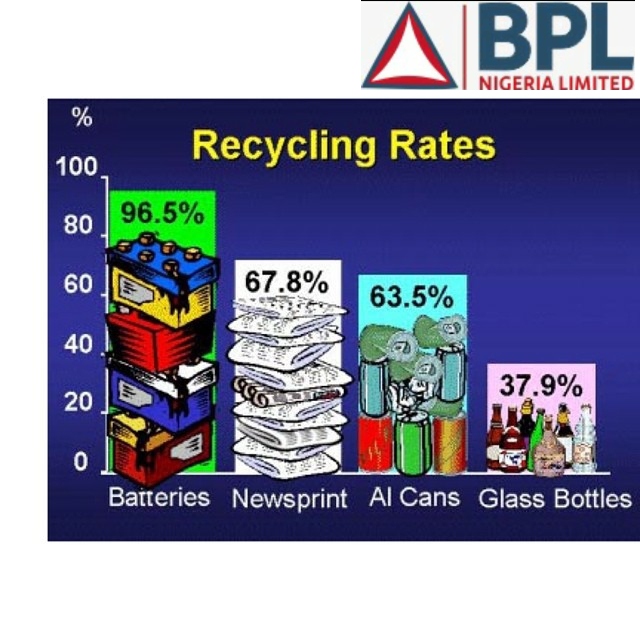
10 Feb A Quick Guide to Battery Reuse and Recycling
From scooters to motorcycles, sports cars, school buses, trucks, trains, and even planes, it seems we are entering the era of electrified mobility. This has been due in large part to the rapidly falling costs and improving the performance of lithium-ion batteries. Better batteries are enabling an increasingly wide array of electric personal, light, and heavy-duty vehicle technologies. The growth in deployments of lithium batteries will inevitably create a large flow of retired or used batteries. By 2030, analysts predict that retirements could exceed half a million vehicles annually or over 2 million metric tonnes of batteries per year.
Electric vehicles (EVs) are still a small part of the vehicle market and the few retired EV batteries coming out of vehicles are being tested in a range of pilot-scale applications or simply stored while technology or infrastructure for recycling improves. While the majority of consumer electronic wastes have historically been destined for the landfill, lithium batteries contain valuable metals and other materials that can be recovered, processed, and reused to make more batteries.
There are many promising strategies for recycling lithium-ion batteries (LIB), but there are also technical, economic, logistic, and regulatory barriers to resolve. As the Hitz Climate Fellow for the Union of Concerned Scientists, I’ll be taking a look at some of the challenges and opportunities for battery reuse and recycling over the next year. This is a quick overview of the current state of battery recycling which highlights opportunities to close the loop on battery materials and create a sustainable value chain for lithium batteries.
The end of life?
When an electric vehicle comes off the road, either from accident or age, battery systems will need to be processed. After primary use in a vehicle, potential end of life pathways for used electric vehicle batteries include reuse, or repurposing (“second life”), materials recovery (recycling), and disposal. Regardless of whether batteries are reused, they will eventually need to be recycled or disposed of. Understanding the opportunities and barriers to recycling is critical to reduce environmental impacts from improper disposal, and to account for benefits from recovered materials and avoided mining of virgin resources.
A handful of large-scale facilities recycle lithium batteries today using pyrometallurgical, or smelting, processes. These plants use high temperatures (~1500oC) to burn off impurities and recover cobalt, nickel, and copper. Lithium and aluminum are generally lost in this process, bound in waste referred to as slag. Some lithium can be recovered from slag using secondary processes. Today’s smelting facilities are expensive and energy-intensive, in part due to the need to treat toxic fluorine emissions, and have relatively low rates of material recovery.
According to the US Advanced Battery Consortium standards, an EV battery reaches the end of its usable life when its current cell capacity is less than 80% of the rated capacity. But there are still a lot of unknowns as to when EV batteries will be retired. For example, the average vehicle is on the road in the United States for more than 12 years; modern EVs with large lithium-ion battery packs have been on the market for less than 8 years, with over 50% of sales occurring in the last two years.
A second-life for batteries
A second-life application for used batteries is an appealing opportunity for battery and vehicle manufacturers to make EVs more affordable and potentially generate more profit. Reuse also extends the lifetime of batteries, and potentially displaces some new batteries from stationary applications, all of which reduces the overall impacts of battery production.
In some cases, batteries could be refurbished for use directly in another vehicle, potentially extending the useful life of many vehicle systems. So when a battery pack dies prematurely, functioning modules and cells can often be recombined to create refurbished battery packs for other vehicles.
Given the large size and high performance of modern vehicle batteries, retired batteries could still offer significant capacity after being retired from use in a vehicle. As batteries are charged and discharged, their performance degrades. Degradation results in is less stored energy being accessible for powering the vehicle; in other words, the vehicle won’t drive as far on a single charge. But in less demanding applications, EV batteries might get a second-life. While the high-power demands of a vehicle render stored energy inaccessible, batteries might be able to serve an additional 6 to 10 years in a lower-power, stationary application storing energy from solar panels to be used in off-grid or peak demand-shaving applications.
One key barrier for reuse has been the continually improving economics and performance of new batteries. The price of new batteries fell over an order of magnitude while performance has improved, effectively pricing out used batteries from some applications. The integrated construction and design of current battery packs and proprietary management software also limit component replacement and increase the costs of testing and repurposing



